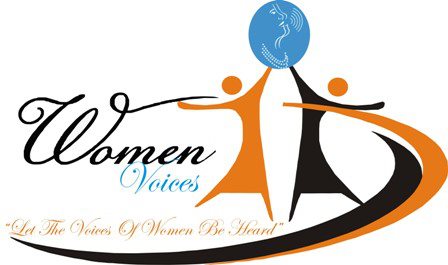In an effort to start a process of unbiased critique of women in government, this paper issued some sort of appraisal of the eleven (11) female lawmakers in the National Legislature on Monday, December 5, 2022.
Some individuals, however, responded angrily, asking, “How can a paper like Womenvoices subject women to public ridicule?” Helen, my sister, you did not perform well at all, I must admit. People’s concerns about how women are portrayed in the media are already significant, and as female journalists, we cannot add to them. I don’t get the justification for this at all. What criteria were utilized to evaluate these lawmakers? Rep. Rosanna Schaack in particular shouldn’t get a F; she stood up and put forth effort, but what do you expect a few women to do in a room full with hordes of men? Someone suggested to the Womenvoices publisher, “You owe some apologies.”
The goal here is not to get folks on the right road. For my part, I observe greater public jeering of women. Another person said, “We cannot be such a heartless society, yet we do this to the few women who have stood up for us.
We accept your critiques in good faith, but here’s the truth: as we previously stated, women’s political participation is waning with time, as evidenced by the fact that there are fewer women in the legislature following the 2017 presidential and legislative elections. According to the article, one reason why there are so few women in the National Legislature is that they don’t do their duties well and the public is unaware of what is going on.
In order to increase performance and support women’s political endeavors, Womenvoices Newspaper realized that some of its reporters sent to the National Legislature needed to criticize the performances of female lawmakers. We took this precaution against mediocrity and complacency.
The assessment examines the three most significant roles of all lawmakers: representation, lawmaking, and oversight over the executive branch of government. The positions are graded on a scale from A to F.
We managed to evaluate the female parliamentarians without overt bias or prejudice, despite the fact that the process may not have been faultless. As previously mentioned, the three fundamental areas of functions—legislation, representation, and oversight—were the foundation of our analysis.
When we looked at lawmaking as an example of a responsibility of a legislator, the records seldom ever showed cases where female legislators, either individually or collectively, introduced a bill for the benefit of their fellow women, particularly those who lack a voice.
Even in terms of representation, they are rarely heard when it comes to significant national problems like health and education policies, two crucial spheres that have an impact on the structure of our society. We anticipate that women will work together and mobilize their male colleagues, particularly during the budget debate, to press for the funding of initiatives like health and education.
In fact, it is sad that there hasn’t been much cooperation among female legislators, particularly when it comes to oversight. We are aware that politics in the legislature is a numbers game, so any effort made by female legislators to work together to exert pressure or adopt a unified stance and communicate it to the public could have an impact.
We want to be quite clear that our intention is not to in any way minimize the efforts made by women in the next elections, but rather to enhance efficiency and effectiveness. To keep female lawmakers alert, we’re determined to conduct either monthly or quarterly evaluations of their work. This is why we are urging them to make a difference.

